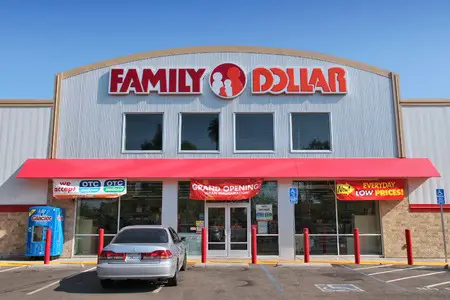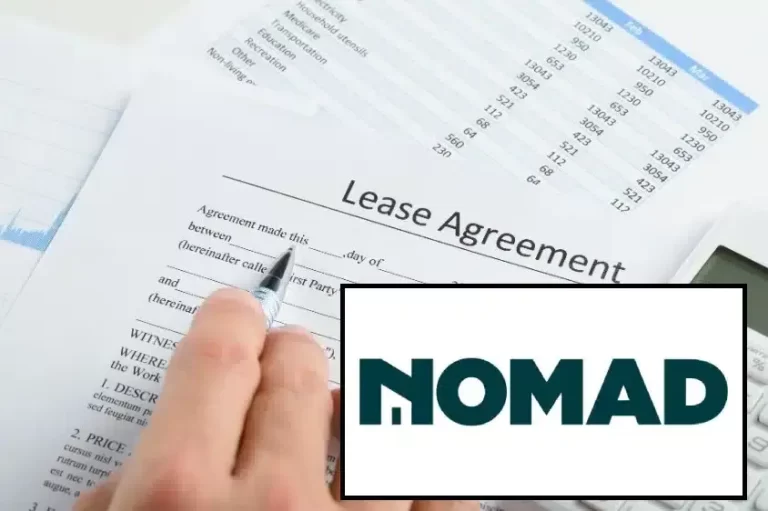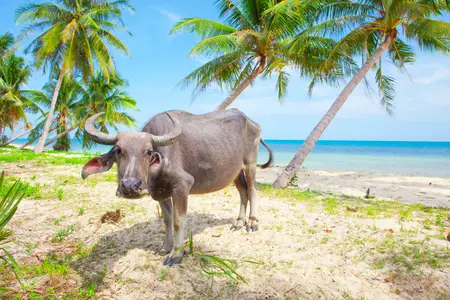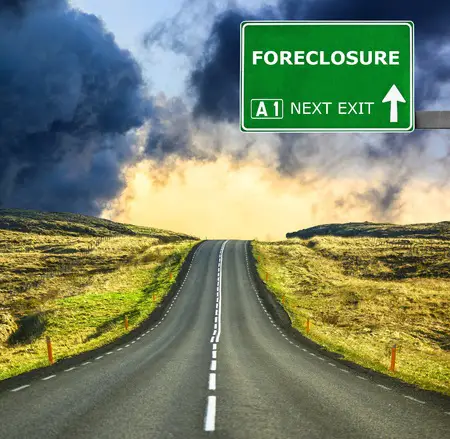Is a NNN-Leased Property Always a Good Investment?
NNN Investments Have Soared in Popularity
Net-leased (NNN) investment properties have become extremely popular real estate investments. With a NNN lease, the tenant pays ALL expenses (insurance, taxes, maintenance, etc.) of owning the real estate.
If the lease rate being paid is $10,000 a month, they are getting $10,000 per month and any expenses of owning the building are paid on top of that.
If the landlord has financing on the building, they keep what is left over after making the payment to the bank.
If they own it free and clear, then the entire $10,000 goes to the owner’s bottom line.
These investments, unlike say, owning an apartment building or mini-storage, are not management-intensive. In fact, they require close to no management at all.
You pretty much just cash the rent check each month (or have it direct deposited to your bank account).
If the tenant has a decent credit rating, then there is abundant financing available. You also get to take advantage of depreciating the building on your taxes and can use 1031 exchange funds when you purchase the building, which could allow you to defer paying taxes on a property you just sold if you use the proceeds to buy the NNN-leased asset.
An intangible benefit is the fact that most of these properties are retail properties that are easily identifiable household names like Walgreens, CVS, McDonald’s, Dollar General, Family Dollar, O’Reilly Auto Parts, Starbucks, Applebee’s, etc.
The Benefits of NNN-Leased Properties Do Not Come Cheaply
Who wouldn’t want to own a nice looking building and land on a busy street with a well-known tenant that doesn’t ever ask for anything and just sends checks every month?
It is a great scenario for the landlord, and there is no shortage of landlords ready to take this deal.
High demand means the capitalization (cap) rates are low compared to other real estate investments. Some NNN properties with outstanding credit, well-known tenants with 10 or more years remaining on the lease like Chase Bank and McDonald’s have been known to trade for a 4% cap rate (or even less). A 4% cap rate means that the first-year return is 4%.
If you pay $2,000,000 cash for the property, the net income to the investor is $80,000 per year. With no rent increases, it would take 25 years of checks to get your original investment back (of course, you’d still own the real estate and presumably it would still be valuable).
Even tenants with much lower credit ratings like Dollar General often sell at 5% to 6.5% cap rate, even if they are in rural locations with metal buildings that aren’t particularly expensive to build.
The Tenant has the Power to Make Things Very Bad for You
The tenant does not have to go bankrupt in order for things to go south for you.
Generally, when these properties are developed, tenants sign up for an initial term of say, 10 or 15 years, with multiple tenant options after that, typically 5 years each. If the store does not perform well, they simply won’t exercise the option.
You will get your building back with no tenant (“dark”). In some ways, a very strong tenant can be worse for you than a weaker (but not bankrupt) tenant at lease option time.
Strong tenants can easily attract developers and new investors to finance new stores. Whether they decide to abandon the local market altogether, or stay there but build a new store prototype down the street, they can cause many problems for you.
First, your empty building will most likely be worth far less than it was when it had a tenant.
Something that sold at some extremely high rate per square foot (say $700 per square foot) based on having a credit tenant in there, might now be worth something close to the replacement cost to buy a similar piece of land and build a similar building; this could be hundreds of dollars per square foot less.
Second, the market lease rate for the building might be far below what your tenant was paying. If Starbucks was paying $8000 per month and they decided it wasn’t worth it to stay open, it is unlikely some other national coffee chain or mom-and-pop shop will pay anything close to that.
Maybe the market value for a replacement tenant is actually $3500 per month.
Another problem is financing. Banks might have been lined up to loan you money at a low interest rate when you bought the building; however, most of them are not going to refinance into a new loan on a tenantless building.
If your loan has a balloon payment coming due, you might end up losing it.
Finally, even if your building can be re-tenanted, there is almost certain to be a transition time between tenants while you must pay the expenses of owning the building, plus leasing commissions, tenant improvement costs, etc. before the new rent checks start coming in.
What You Want to Happen as the Landlord
For any asset with a long-term lease on it, low cap rates and high prices are simply a reality of today’s market. The easy income aspect of NNN properties is fantastic and can’t be overlooked, but you are going to pay for it.
Simply stated: You are generally not going to find a building where the lease rate and sales price is at or below the lease rate and sales price you could get if the building were empty and you were looking to lease or sell the property to a 2nd generation user.
Your goal really is to get to the option period and have the tenant make an economic decision to renew the lease because the cost to go out and acquire a similar piece of property and build a new building would cost more (or be too difficult) for them at that time then to renew your lease.
Construction costs should go up a modest amount over time, so that will probably work in your favor. However, the value of a piece of commercial land could go up, down, or stay flat.
If the commercial land is going to go up and value, there needs to be activity in the area to boost values. This is generally more likely to happen in an affluent neighborhood with employment growth, new homes and condos being built, new retailers moving in, etc. than a sleepy rural area or a suburban or urban area that is declining.
Also, even nicely appreciating areas might not appreciate enough if you vastly overpaid for the asset to begin with. If you paid $10 million for a building that would be worth $2 million empty, a 10 year lease may not nearly be enough time for appreciation of land values to help close that gap.
Some Properties May be Worth Close to Zero Empty
Investing in a Family Dollar property near Safford, Arizona, probably sounded like a great idea in 2005. The property was bought for $777,000 cash and the annual lease rate was about $60,000 with a structure similar to NNN.
For 10 years, the tenant paid the rent and the landlord earned $600,000 after all expenses over this period. However, the property was located a mile and a half south of town and surrounded by other vacant and cheap tracts of land. Family Dollar did not even build another store in the immediate area, but had they wanted to, it would have been fairly easy to replace it.
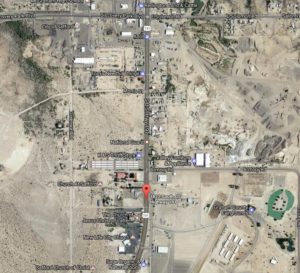
The building has been dark for over a year, and despite the owner just asking a fraction of the old price ($395,000 for sale or $3500 for lease), there are no takers.
The population of Safford is only about 10,000, so attracting a new user for a property like this will be extremely difficult.
National retailers are unlikely to be interested and local merchants do not need that much space or the costs associated with it (utilities, taxes, etc.).
If the property could be sold for say, $300,000, the investor would be made whole on their original investment and have earned some net profit over the course of the 12 years they owned it (albeit not a great return).
With almost 2 years on the market already, even that looks unlikely.
Looking back, the owner probably regrets not buying something like a NNN-focused REIT like National Retail Properties (NYSE:NNN) or Realty Income Corporation (NYSE:O). Their monthly income would not have been as great, with these REITs normally yielded in the 4% range; however, the value of the underlying shares would have more than doubled over the same period.
